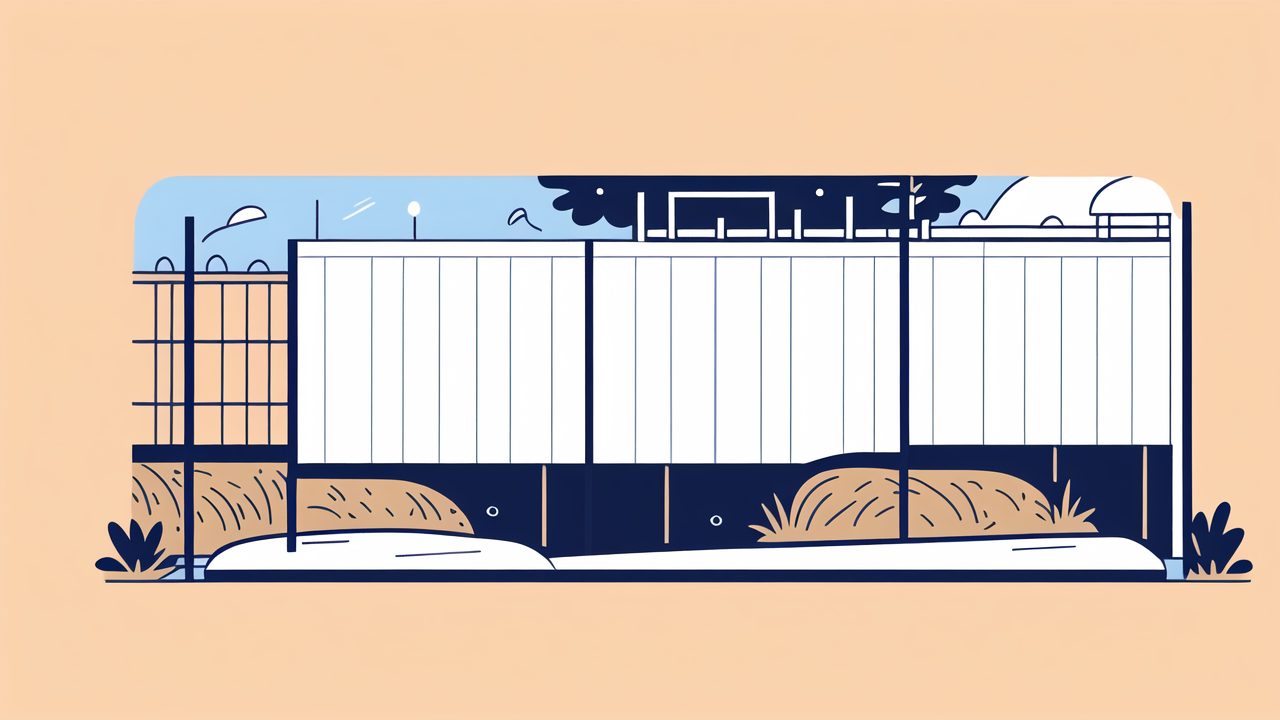Understanding the Benefits of Composite Fencing in the United States
Why Choose Composite Boards for Your Fence
Composite fence pickets are a great choice for modern homes. They offer many benefits over traditional wood fences. These boards are made from a mix of recycled plastic and wood fibers. This blend creates a strong and long-lasting material.

Composite boards don't rot or decay like wood. They resist insect damage too. This means your fence will look good for many years. You won't need to replace boards as often. Composite fences also come in many colors and styles. You can find one that fits your home's look.
Unlike wood, composite boards don't need painting or staining. This saves you time and money on upkeep. They're also easy to clean. A simple wash now and then keeps them looking new. Composite fences are a smart choice for busy homeowners who want a nice-looking fence without much work.
The Environmental Advantages of Composite Fencing
Eco-friendly fencing is good for the planet. Composite fences are a great example of this. They use recycled materials, which helps reduce waste. Many boards are made from old plastic and wood that would otherwise be thrown away.
Using composite fencing helps save trees. It reduces the need for new wood. This is good for forests and the animals that live there. Making composite materials also uses less energy than cutting and treating wood for fences.
Composite fences last longer than wood. This means you won't need to replace them as often. Less frequent replacements mean less waste in landfills. Many composite materials can be recycled at the end of their life too.
These fences don't need harmful chemicals to keep them looking good. You won't need to use stains or wood preservatives. This is safer for your family, pets, and the environment around your home.
Durability and Maintenance: The Tale of Composite Boards
Composite fencing is known for lasting a long time. These boards can handle tough weather. They don't rot when it's wet or crack when it's hot and dry. This makes them great for any part of the country.
Taking care of composite fences is easy. You don't need to sand, paint, or seal them every year. Just wash them with soap and water to keep them clean. This easy care saves you time and money over the years.
The color of composite boards is mixed in when they're made. It won't fade much over time. Your fence will keep looking good for years. You won't need to repaint it to keep it looking nice.
Composite fences also keep pests away. Insects like termites can't eat them. This means you don't need to use chemicals to protect against bugs. It's another way these fences save money and help the environment.
How to Select the Right Composite Fencing Materials
Identifying High-Quality Composite Fence Products
Choosing good composite fence products is important. Look for a few key things when shopping. First, check the warranty. Good brands often offer long warranties, sometimes up to 25 years.

Look at what the boards are made of. A mix with more plastic often lasts longer. But too much plastic can look fake. The best boards have a good balance of materials. This gives them a nice look and good performance.
Feel the surface of the board. Good composites often feel like wood. They have a grain texture that looks natural. Avoid boards that feel too smooth or plastic-like. These might not look as nice in your yard.
Check that the color looks even across the board. Good composites have consistent coloring. This helps the fence look good for a long time. Cheaper products might have uneven color or fade quickly in the sun.
Customization Options for Composite Fences
Composite fencing comes in many designs. You can pick from different colors and styles. This lets you match your fence to your house. Some brands make their fences look very much like real wood.
You can add special tops to fence posts for a nice look. These come in different shapes. You can also get lights that fit into the fence. These extras can make your fence stand out.
Many composite fences come in parts you can mix and match. You might use solid panels for privacy. Then add a lattice top for a decorative touch. Some systems let you make curved sections too.
Think about how tall you want your fence. Most brands have standard heights. Some let you make custom heights. This helps if you need extra privacy or have to follow local rules.
The Importance of UV Protection and Longevity
UV protection is very important for composite fencing. The sun can damage fences over time. Look for boards that have UV protection built in. This helps the fence last longer in sunny areas.
Good UV protection keeps the fence from fading. It also stops the material from getting weak in the sun. This is really important if you live somewhere sunny. Fences with good UV protection look better for more years.
Long life is a big plus for composite fencing. Check how long the product should last. Good composites can last 20 to 30 years or more. This is much longer than most wood fences.
Think about the weather where you live. Some composites work better in very hot or cold places. Others are made for wet areas. Choose a fence that fits your local weather. This will help it last longer and look better.
Installation and Maintenance of Composite Fences
Best Practices in Composite Fence Installation
Installing a composite fence the right way is important. Start with a good plan. Measure your yard carefully. Mark where the posts will go. Check your local building rules before you start.

Use the right tools for the job. Many composite fences need special screws or clips. These help keep the boards from splitting. Follow the instructions that come with the fence carefully.
Leave some space for the fence to move a little. Composite materials can expand when it's hot and shrink when it's cold. Leave small gaps between boards as the instructions say. This stops the fence from warping.
Set the posts in the ground properly. Use concrete to make them strong. Make sure posts are straight up and down. This helps your fence stand up straight. Some fences have metal posts you can use for extra strength.
Routine Maintenance for Your Composite Fence
Composite fences need little care, but some upkeep helps them last longer. Clean your fence once a year. Use mild soap and water with a soft brush. This keeps dirt and mold away.
Check for loose boards or screws once a year. Tighten any that have come loose. This keeps your fence strong and safe. It also stops more damage from happening.
Clear away leaves and dirt from the bottom of the fence. This stops stains and keeps water from building up. It also keeps pests from making homes near your fence.
If you see any stains, clean them right away. Most stains come off with regular cleaners. For tough stains, check what the maker recommends. They might suggest special cleaners.
Addressing Common Issues with Composite Fences
Even though composite fences are tough, problems can happen. Fading is one issue some people see. If your fence fades, it's often because of too much sun. Some fences can be touched up with special stains made for composites.
Scratches might happen if something hits the fence. Small scratches often blend in over time. For bigger scratches, some makers sell touch-up kits. These can help fix the look of damaged boards.
Mold might grow in damp spots. Clean these areas with water and vinegar mixed together. For tough mold, use a cleaner made for composite fences. To stop mold from coming back, make sure air can flow around the fence.
Warping can happen if boards are put in wrong. If you see warping, check the spaces between boards. You might need to adjust them to let the fence move a bit. For bad warping, you might need to replace some boards.
